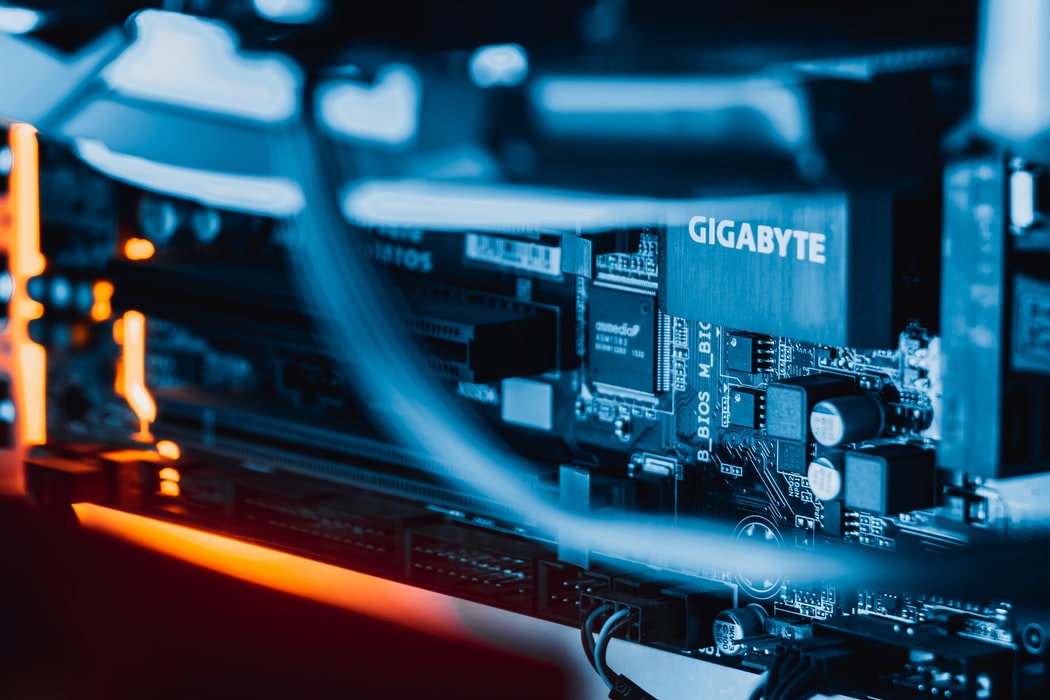Modern businesses heavily rely on networks for many aspects of business, including linking computers, sharing data, making backups, running applications, running software, and accessing the Internet.
Optimizing these networks often means saving time, money, and considerable frustration across your teams, because an optimized network is faster, more secure, and better-able to meet the needs of its users.
If your organization’s networks are slowing down, frequently facing bottlenecks, or suffer from large latency issues, it’s easy to assume that you need more bandwidth, but the alternative is often simply optimizing how traffic is managed over the network.
While your optimization efforts will vary considerably depending on if you’re operating legacy networks are in the process of setting up something new, there are plenty of steps you can take to optimize business WAN and LAN.
Cloud Management and WAN/LAN
WAN and LAN used to be completely separate networks. Today, that is less the case, as many organizations move to cloud applications, virtual computing, and virtual networks. The result can be that your LAN actually operates on your WAN as a virtual network. This means that cloud management and cloud optimization must be considered if you want to improve your Local Area Network.
What is cloud management? In most cases, it means having options to control data, traffic, and data allocation across your Wide Area Network, complete with automation to redirect traffic, manage security issues, and manage users to reallocate resources based on needs.
Traffic Management
Good traffic management is essential for both WAN and LAN, but implementation typically requires a mix of hardware and software solutions. Traffic encompasses all data sent and shared over your network, including users and data. In most cases, optimization remains similar for LAN and WAN, because the tools are the same.
Here, your organization would likely benefit from central management with monitoring, testing, baseline monitoring and automated triggers, and needs mapping over time. This will help you to get the most out of your existing infrastructure while mapping problem areas, reducing issues by automatically rerouting or changing requests, and automatically flagging issues for human review.
- Data Compression – Data should be compressed to reduce total load on bandwidth. Not all systems can effectively do so without reducing the end-quality output, so compression isn’t right for all networks
- Buffering – Reduces the data footprint on the network to reduce latency.
- Data Deduplication – When someone attempts to send the same data over the network, an existing copy is sent instead. This reduces total load on the network and on servers by reducing the number of copies of an item on the server. This is part of caching, which involves storing frequently used files on the server for faster access and to prevent duplicates.
- Streamlining Protocols – This bundles application requests to reduce the total number sent through the network, and therefore reduces total network load.
- Traffic Shaping / Ring-Fencing – This ensures that high-priority traffic is given priority, either at all times, or during peak usage. It can also lock certain applications out of the network, either at all times, or during peak usage. This ensures that priority applications, users, and functions continue to receive the bandwidth they need, and shuts down non-essential applications during peak periods to prevent problems.
- Automatic Traffic Routing – All traffic should be routed over the shortest (most-efficient) path to its destination.
Each of these tools should be rolled into a good Server OS, and into your network management tools. Utilizing and properly configuring them is crucial to optimizing your networks. Of course, there are many other tools you can use here, like WAN buffering, TCP termination, and application protocol optimization to spoof
Hardware Updates
While software and firmware issues, including poor traffic management, are often the culprit behind poor network performance, hardware is important as well.
Issues here may relate to the age of your physical server, the physical structure of your network, and any impediments on that structure. One SpiceWorks survey showed that over 98% of companies maintain servers on premises, and 35% think they need an upgrade.
Here, you want to map traffic over your network to identify possible bottlenecks, inefficiencies in network structure, latency issues, areas generating high traffic, etc. You may also want to look at the age of physical hardware including servers, optimizers, etc.
Hardware Optimizers
Hardware LAN and WAN optimizers are increasingly popular because they provide “Always On” optimization. In most cases, the WAN optimizer sits inside the LAN, automatically optimizing outgoing traffic for the WAN using compression, database results, etc.
Software /Firmware Updates
Many organizations install legacy software and operating systems and then retain those systems until the hardware powering it dies. But, updating and optimizing software can greatly improve network performance, and often at a fraction of the cost of implementing actual hardware updates.
- Remote Management – Remote network management means IT can remote-update controllers and switches, remote-update the server, and remote-redirect traffic to work around bottlenecks and congestion. Remote management is tied into many modern network management tools, so you may simply have to optimize and configure something you already have.
- Operating System – Your server operating system may be causing inefficiencies simply because it’s outdated, not fully compatible with the software and tooling you’re using, or otherwise not the best-fit for your organization’s needs.
- Accelerators – Accelerators function to take some load off WAN networks by reducing the number of in/out requests. This is especially useful for organizations with software originally designed for LAN and now used on virtual LAN, VPN, or another extension of WAN.
- Optimizers – Software optimizers function in much the same way as hardware WAN optimizers and may function across the entire network. They may also be automated, allowing you to scan for issues and lag.
- TCP Stack – Your TCP/IP stack is one of the most important aspects of network management. If it’s outdated, not optimized for your organization, or not properly configured, your organization could greatly improve network efficiency by optimizing or updating it. Here, it’s important to identify what you have, how it’s configured and why, and what you might be able to change.
Most organizations can dramatically improve network performance by optimizing WAN and LAN networks, allowing greater network loads, faster data transfer, and making room for a better network experience, without adding on bandwidth.
In some cases, this will mean rerouting physical network architecture, in others, it’s a simple matter of reconfiguring existing software to implement tools you already have. And, if your network remains overloaded after optimization, you may want to increase bandwidth.






